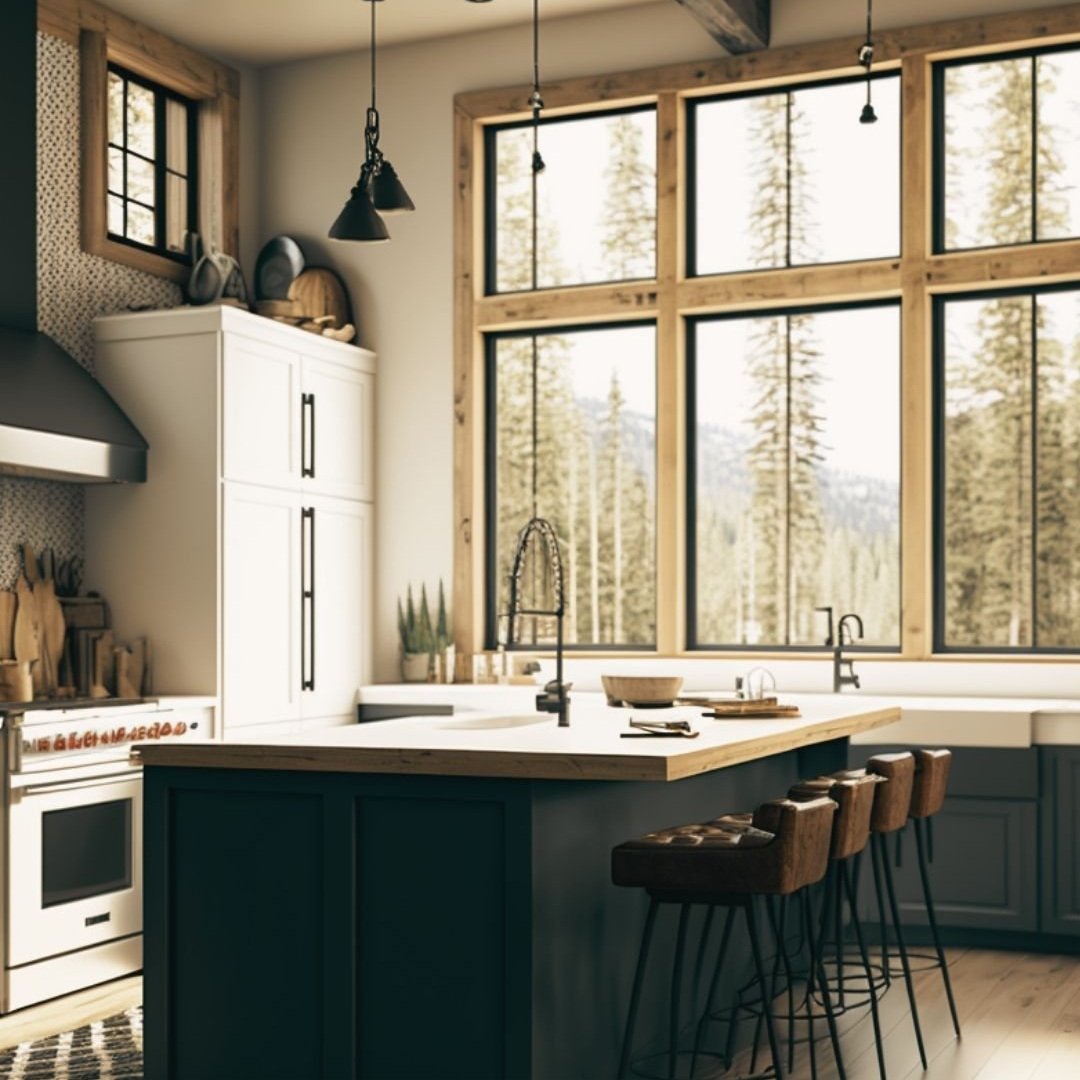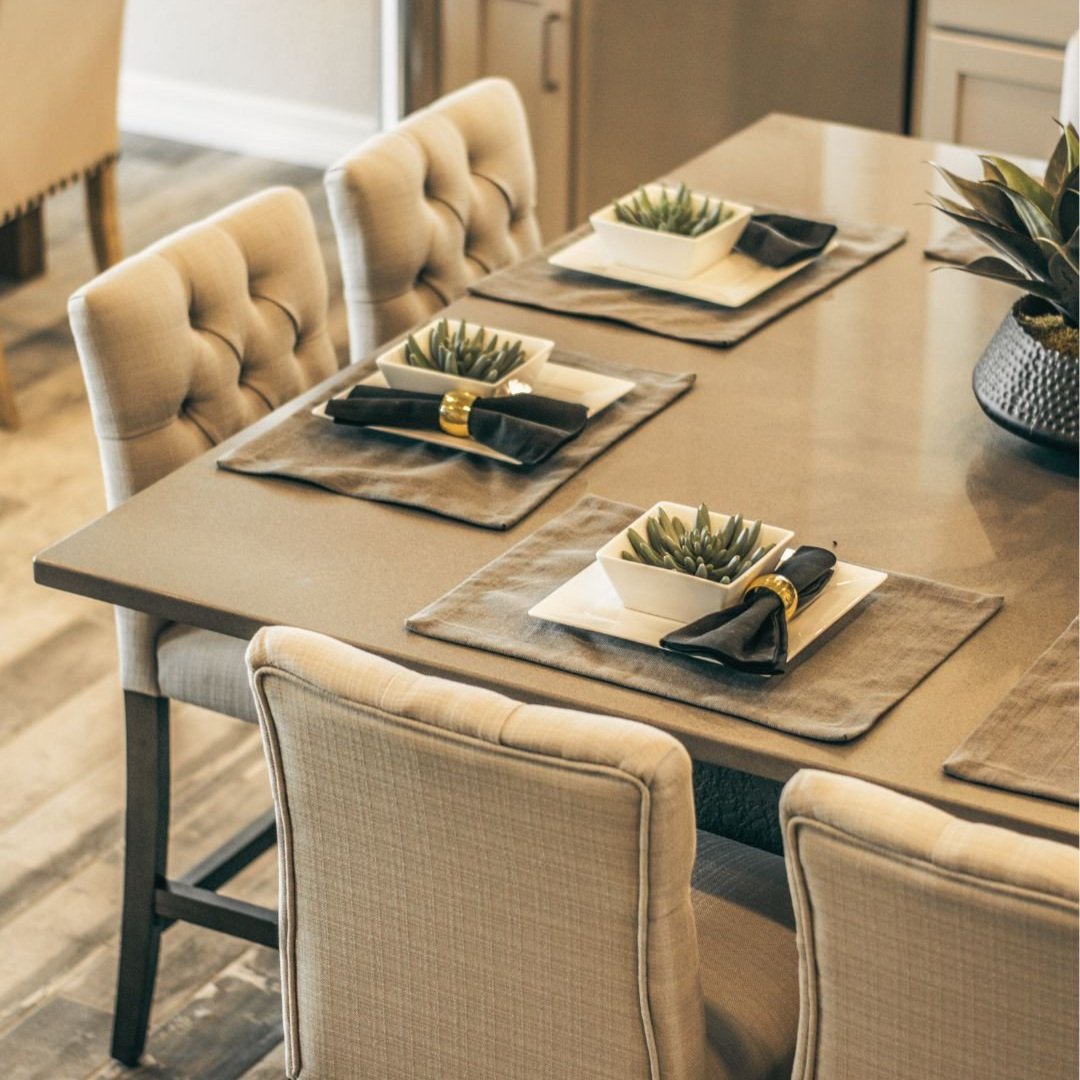The Best Promotional Products for Interior Designers (Updated for 2025)
/As an interior designer, your brand is all about aesthetics, functionality, and creating a seamless experience. So why should your promotional items be any different? Whether you're gearing up for a trade show, looking for the perfect client gift, or just want to keep your brand in front of potential clients, the right promo products can make all the difference.
But let's be real—not all promotional items are created equal. You don’t want cheap throwaways that end up in the trash. You want elevated, thoughtful, and on-brand products that reflect your expertise and leave a lasting impression.
Lucky for you, we’ve rounded up the best promotional items for interior designers in 2025—and even better, Elite Design Assistants can help you source and order them hassle-free!
Read More





























